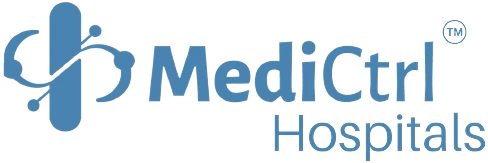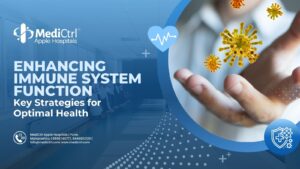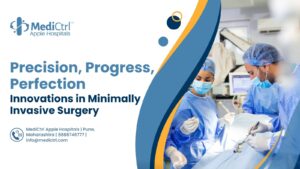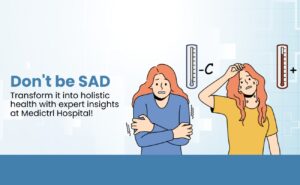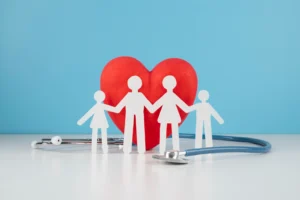Urological conditions encompass various health issues affecting the urinary tract and the male reproductive system. These conditions can occur at any age, leading to discomfort, pain, and lifestyle disruptions. To effectively manage urological health, it’s essential to understand the underlying causes and available treatments for these common conditions. This comprehensive guide will explore various urological disorders and how they can be addressed.
1. Urinary Tract Infections (UTIs):
- Causes: UTIs typically occur when bacteria enter the urinary tract, often through the urethra. Common risk factors include sexual activity, urinary retention, and weakened immune function.
- Treatment: Management of UTIs involves antibiotics to eradicate the infection, increased hydration, and preventive measures such as maintaining good hygiene and urinating regularly.
2. Kidney Stones:
- Causes: Kidney stones form due to the crystallization of minerals and salts in the urine. Contributing factors include dehydration, diet, genetics, and certain medical conditions.
- Treatment: Options range from medications to help pass small stones, dietary changes to reduce stone formation, to minimally invasive procedures or surgery for larger stones.
3. Benign Prostatic Hyperplasia (BPH):
- Causes: BPH is linked to the natural aging process and hormonal changes, particularly an increase in dihydrotestosterone (DHT). Genetics and lifestyle factors may also play a role.
- Treatment: Approaches include medication to alleviate symptoms or surgical interventions such as transurethral resection of the prostate (TURP) for more severe cases.
4. Erectile Dysfunction (ED):
- Causes: ED can result from vascular issues, neurological problems, psychological factors, or a combination of these. Chronic conditions like diabetes and hypertension can also contribute.
- Treatment: Treatment options include oral medications, lifestyle changes (e.g., exercise, stress management), vacuum erection devices, or surgical procedures like penile implants.
5. Incontinence:
- Causes: Incontinence may arise from weakened pelvic floor muscles, nerve damage, urinary tract infections, or underlying medical conditions such as prostate issues.
- Treatment: Management strategies range from pelvic floor exercises and medications to surgical interventions, depending on the type and severity of incontinence.
6. Bladder Cancer:
- Causes: Exposure to carcinogens, such as those found in tobacco smoke and certain industrial chemicals, may increase the risk. Genetic factors can also play a role.
- Treatment: Treatment plans involve surgical removal of cancerous tissue, chemotherapy, radiation therapy, immunotherapy, or a combination of these modalities.
7. Prostate Cancer:
- Causes: Age, genetics, and hormonal imbalances are primary factors contributing to prostate cancer. Regular screenings are essential for early detection.
- Treatment: Depending on the stage and aggressiveness, treatment options include surgery, radiation therapy, hormone therapy, or active surveillance.
8. Interstitial Cystitis (IC):
- Causes: The exact cause of IC is not fully understood, but it involves bladder lining inflammation. Infections, autoimmune reactions, and genetics are considered potential factors.
- Treatment: Management includes medications to alleviate symptoms, dietary modifications to identify triggers and bladder training techniques.
9. Testicular Cancer:
- Causes: Genetic predisposition and risk factors such as cryptorchidism (undescended testicle) and family history may contribute to testicular cancer.
- Treatment: Options encompass surgery for tumor removal, chemotherapy, radiation therapy, or surveillance for low-risk cases.
10. Overactive Bladder (OAB):
- Causes: OAB can result from neurological issues, urinary tract infections, or underlying conditions like diabetes or bladder abnormalities.
- Treatment: Treatment strategies include medications, behavioral therapy, neuromodulation techniques, and lifestyle modifications.
